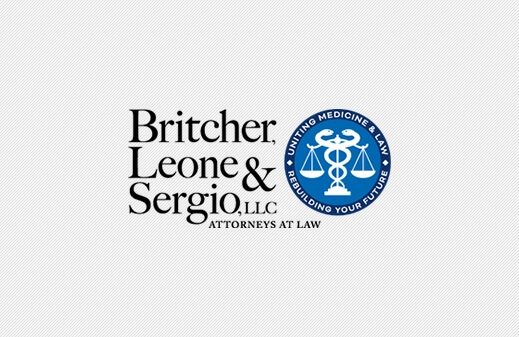
A woman’s decision about when to start breast cancer screening mammograms should be a matter of personal choice, not association guidelines. A recent study in Cancer looked at the differences in likely outcomes of various breast cancer screening guidelines. Screening mammography recommendations for early detection of breast cancer still differ between medical associations that advocate annual breast cancer screening starting at age 40, the American College of Radiology and the American Cancer Society, and others that recommend starting biennial screening starting at 50, the U.S. Preventative Services Task Force and the American Academy of Family Practice. The screening recommendation a woman receives unfortunately depends on who is giving it rather than the patient. This study provides information that a woman should know when deciding which breast cancer screening strategy is right for her:
Annual screening mammograms 40-84
Annual screening mammograms 45-54, then biennial 55-79
Biennial screening mammograms 50-74
When one looks at the data, a woman’s choice about when to start breast cancer screening should depend her willingness to undergo a negative biopsy if a potential abnormality is found during screening. There are emotional and physical costs associated with a biopsy, aside from the economic costs, such as the anxiety waiting to get it scheduled, undergoing the procedure itself, a scar or possible dimple, possible complications, and waiting for the results. The question really comes down to how much risk of a negative biopsy is a woman willing to accept to find one cancer?
The study looked at the number of cancers detected and the negative biopsies performed under three breast cancer screening strategies:
Starting screening at 40, resulted in 12 cancer deaths avoided for 1000 women screened. The percentage chance of an abnormality being a cancer was 6%. Sixteen negative biopsies were performed for each cancer found.
Starting screening at 45, resulted in 9 cancer deaths avoided for 1000 women screened. The percentage chance of an abnormality being a cancer was 8%. Thirteen negative biopsies were performed for each cancer found.
Starting screening at 50, resulted in 7 cancer deaths avoided for 1000 women screened. The percentage chance of an abnormality being a cancer was 11%. Nine negative biopsies were performed for each cancer found.
Annual mammograms starting at age 40 produces the greatest survival benefit but more negative biopsies.
A woman’s individual risk tolerance for a negative breast biopsy should determine which screening strategy is best for her. Delays in breast cancer diagnosis are the biggest reason for poor outcomes. Breast cancer screening should not be determined by any one association’s recommendations. It should be a personal decision by a woman balancing the costs of a probably negative biopsy against the possibility of finding an early cancer.



